A replica of the Boeing 767-200ER.
Engine type: General Electric CF6-80A,CF6-80B2&CF6-80B4F
Credit to @GalacticaAsia for his original B767-300ER[GE]
About the History of Boeing 767-200&200ER
The narrowest widebody in service, the 767 started life as an advanced technology mid to large size airliner in the late 1970s. Launched in July 1978, the 767 was developed in tandem with the narrowbody 757 with which it shares a common two crew EFIS flightdeck (with six colour CRT displays) and many systems. The 767 also features a unique width fuselage typically seating seven abreast in economy, and a new wing design with greater sweepback (compared to the 757) which was designed with high altitude cruise in mind. The 767 program also features a high degree of international participation, with Japanese companies in particular having a large share of construction. Initially Boeing intended to offer two versions, the longer 767-200 and short fuselage 767100 (which was not launched as it was too close in capacity to the 757). The 767 first flew on September 26 1981, and entered service (with United) on September 26 1982 (certification with P&W engines was awarded on July 30 1982). The longer range 767-200ER (Extended Range) version features higher weights and an additional wing centre section fuel tank. It first flew on March 6 1984, and service entry, with Ethiopian Airlines, was two months later. The 200ER accounts for 111 of the total 239 767-200s ordered. The last airliner 767-200/-200ER was delivered in 1994 until a November 1998 order from Continental. These had all been delivered by 2002, but military orders for 767 tankers will keep the -200 in production.
Specifications
General Characteristics
- Predecessor B767-300ER[GE]
- Created On Android
- Wingspan 156.1ft (47.6m)
- Length 159.2ft (48.5m)
- Height 53.2ft (16.2m)
- Empty Weight N/A
- Loaded Weight 94,214lbs (42,735kg)
Performance
- Power/Weight Ratio 1.24
- Horse Power/Weight Ratio 0.031
- Wing Loading 24.4lbs/ft2 (119.0kg/m2)
- Wing Area 3,866.8ft2 (359.2m2)
- Drag Points 33457
Parts
- Number of Parts 420
- Control Surfaces 9
- Performance Cost 3,006

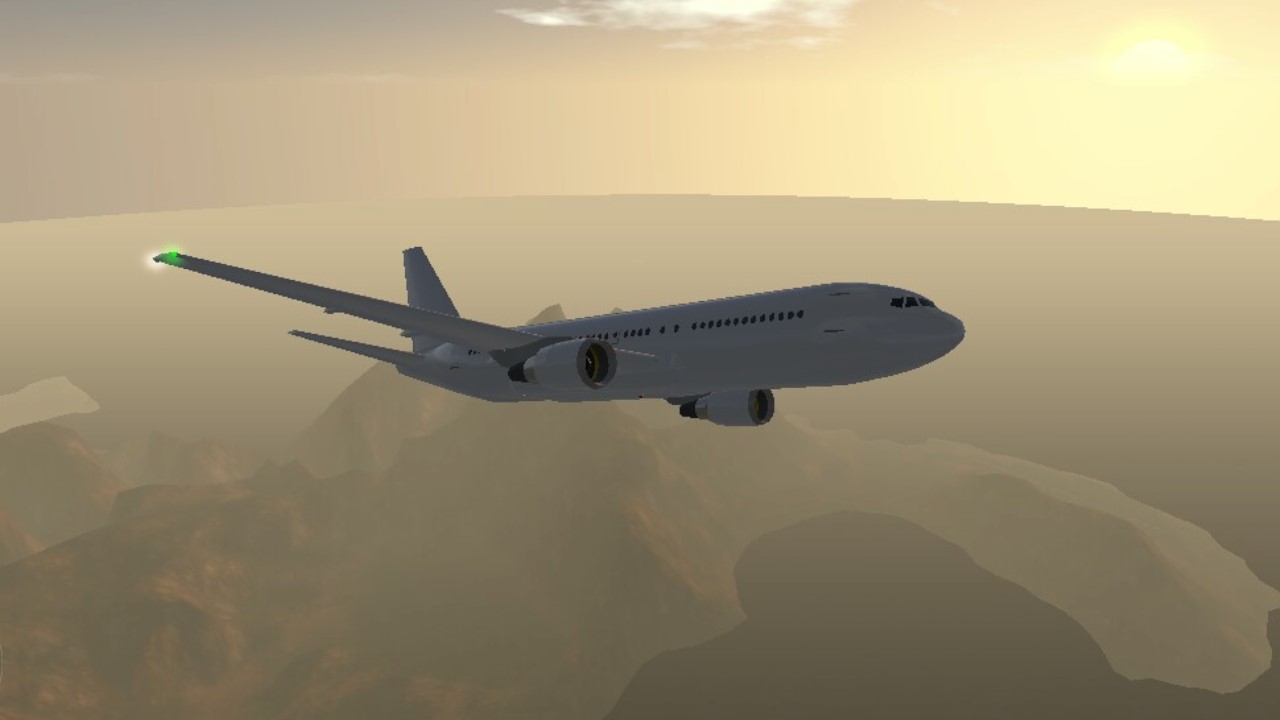
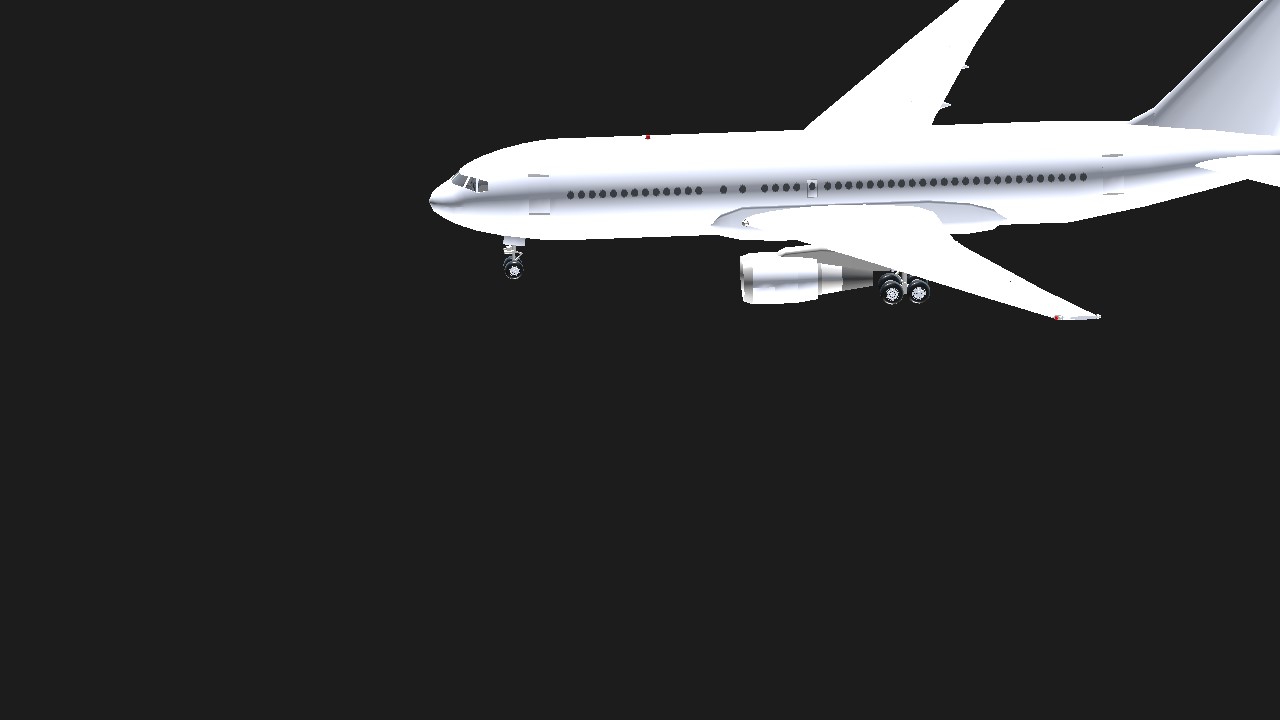
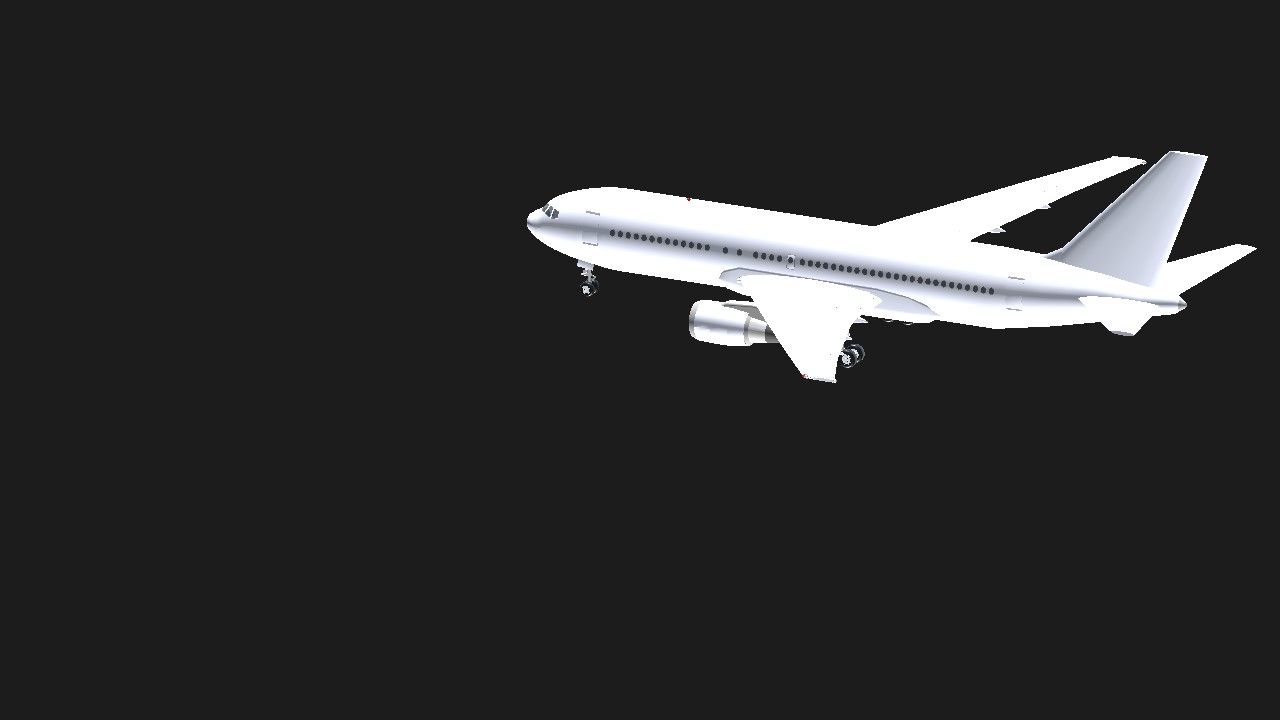
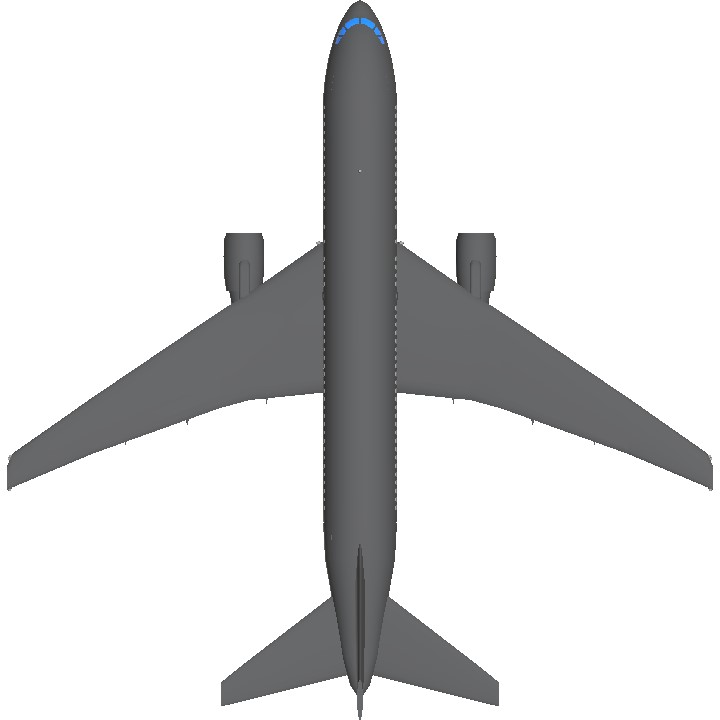
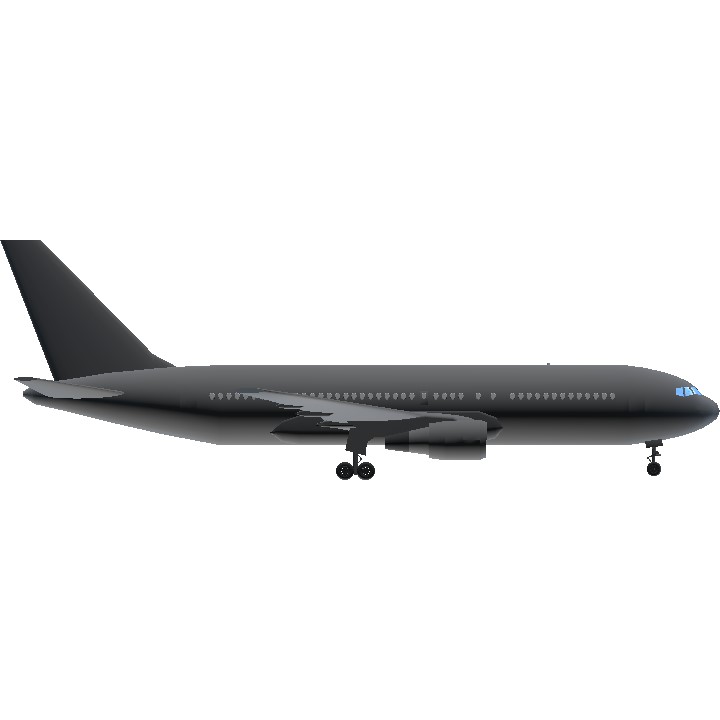
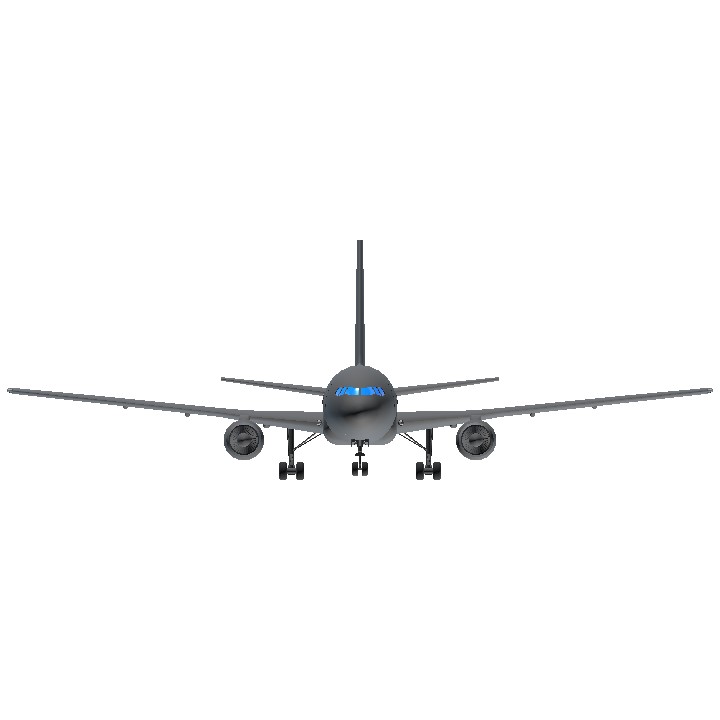
Reworked version has been released, link here
Can you use this plane as a Delta livery?